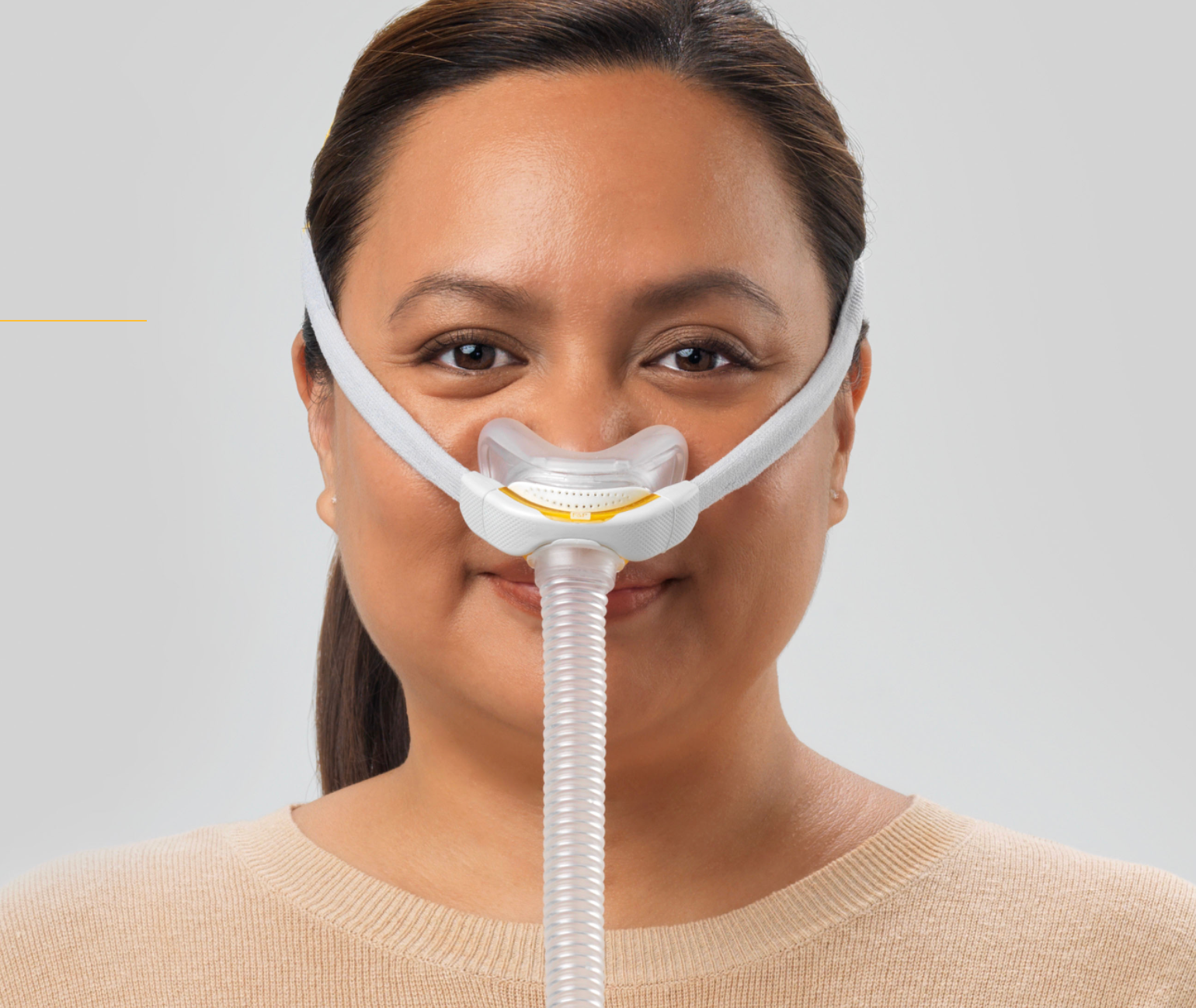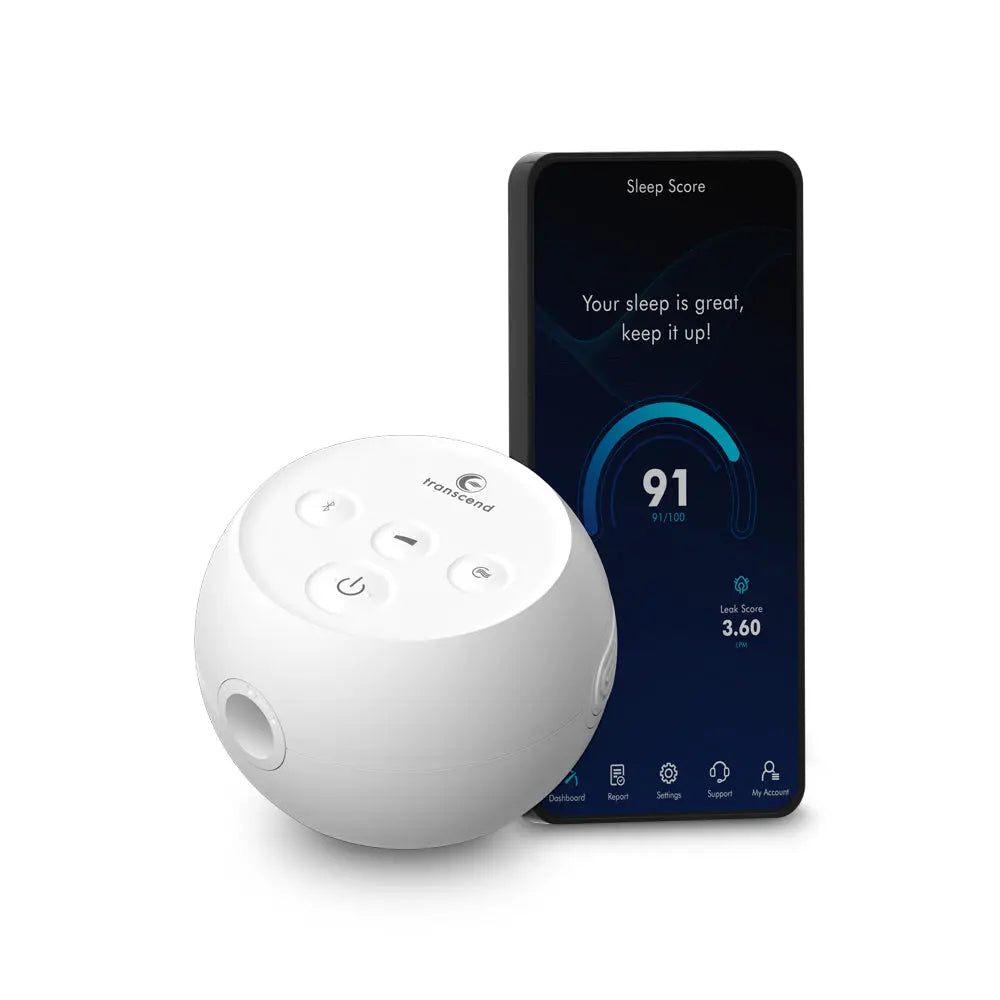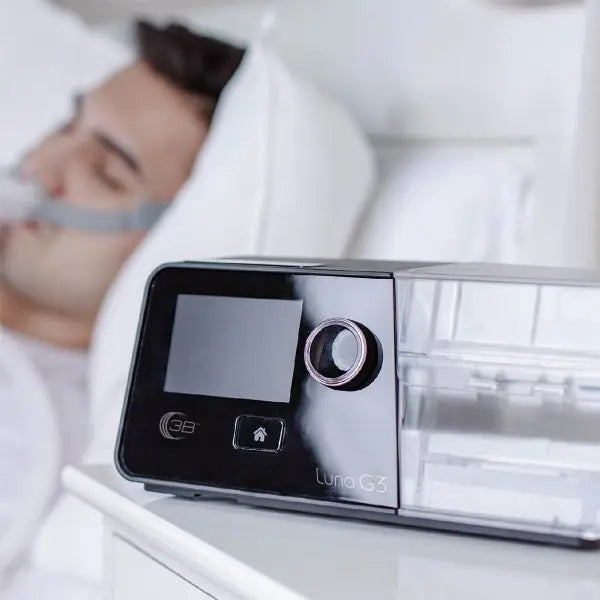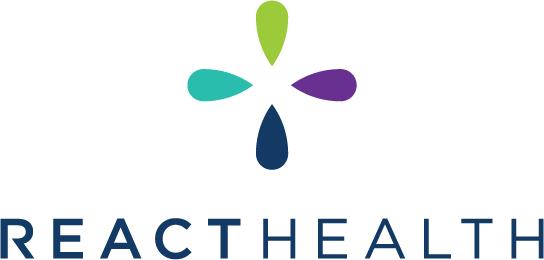Don’t Snooze on Sleep Apnea – A Deep Dive into a Silent Health Threat
Sleep is often seen as a simple necessity, a time to recharge and escape the day's chaos. But for millions of people, sleep isn’t the peaceful retreat it should be. Instead, it’s interrupted by a condition known as sleep apnea—a disorder that’s more common, and more dangerous, than many realize. In a recent edition of The Medical Minute from Penn State Health, Dr. John Gray, a sleep medicine specialist at Penn State Health Sleep Medicine, sheds light on this often-overlooked condition. Published on March 20, 2025, the article titled "Don’t snooze on sleep apnea" emphasizes why ignoring this disorder could have serious consequences. Let’s dive into the details of sleep apnea, its risks, and what you can do about it.
What Is Sleep Apnea?
At its core, sleep apnea is a disorder where breathing repeatedly stops and starts during sleep. The most common form, obstructive sleep apnea (OSA), occurs when the throat muscles relax too much, blocking the airway. According to Dr. Gray, about 1 in 5 people experience some degree of sleep apnea, yet many don’t even know they have it. Central sleep apnea, a less common type, happens when the brain fails to send proper signals to the muscles controlling breathing. Both forms disrupt sleep, but OSA is the primary focus of this discussion due to its prevalence.
Imagine trying to sleep while someone intermittently covers your mouth and nose. That’s essentially what happens with sleep apnea—except the "someone" is your own body. These pauses in breathing can last from a few seconds to over a minute, occurring dozens or even hundreds of times a night. The result? Your brain jolts you awake to restart breathing, often without you fully realizing it.
The Telltale Signs
How do you know if you—or someone you love—might have sleep apnea? Dr. Gray highlights snoring as a major red flag. While not everyone who snores has sleep apnea, loud, persistent snoring, especially with gasps or choking sounds, is a classic symptom. Bed partners might notice these interruptions, but the person sleeping often doesn’t.
Other signs include:
- Excessive daytime sleepiness: Feeling exhausted despite a full night’s sleep.
- Morning headaches: Caused by low oxygen levels overnight.
- Difficulty concentrating: A foggy brain from fragmented sleep.
- Mood changes: Irritability or depression linked to poor rest.
Dr. Gray stresses that these symptoms shouldn’t be brushed off as mere annoyances. They’re clues to a deeper issue that, left unchecked, can spiral into serious health problems.
The Hidden Dangers
Sleep apnea isn’t just about loud snoring or feeling tired—it’s a gateway to significant health risks. Dr. Gray explains that when breathing stops, oxygen levels drop, and the body goes into distress mode. This triggers a cascade of effects:
- High blood pressure: The strain on the cardiovascular system can elevate blood pressure over time.
- Heart problems: Increased risk of heart attacks, arrhythmias, and heart failure.
- Stroke: Reduced oxygen to the brain heightens this danger.
- Diabetes: Sleep disruption messes with metabolism, contributing to insulin resistance.
The article underscores a sobering statistic: untreated sleep apnea can shorten life expectancy by years. It’s not just about the immediate risks, either. Chronic sleep deprivation from apnea wears down the body, making it harder to fight off other illnesses and maintain overall well-being.
Who’s at Risk?
While anyone can develop sleep apnea, certain factors up the odds. Dr. Gray points to:
- Excess weight: Fat deposits around the upper airway can obstruct breathing.
- Age: Risk increases as muscle tone naturally weakens over time.
- Gender: Men are more prone, though women’s risk rises after menopause.
- Family history: Genetics can play a role in airway structure.
- Smoking or alcohol use: These relax throat muscles, worsening the problem.
That said, sleep apnea doesn’t discriminate—it can affect kids, thin people, and even those with no obvious risk factors. The key is recognizing the signs early.
Diagnosis: The First Step
If sleep apnea sounds familiar, don’t panic—but don’t ignore it, either. Diagnosis starts with a sleep study, which Dr. Gray describes as the gold standard. Traditionally, this meant spending a night in a sleep lab, wired up to machines tracking breathing, heart rate, and oxygen levels. But technology’s evolved. Home sleep tests are now an option for many, offering a simpler way to confirm the condition.
During these studies, specialists look at the apnea-hypopnea index (AHI)—the number of breathing interruptions per hour. Mild sleep apnea might mean 5-15 events, moderate 15-30, and severe 30 or more. Knowing where you fall helps tailor treatment.
Treatment Options: Breathing Easier
The good news? Sleep apnea is treatable. Dr. Gray outlines several approaches, depending on severity:
- CPAP (Continuous Positive Airway Pressure): The go-to solution, a CPAP machine delivers a steady stream of air through a mask to keep airways open. It’s highly effective, though some find it cumbersome at first.
- Lifestyle changes: Losing weight, quitting smoking, or sleeping on your side can reduce symptoms, especially in milder cases.
- Oral appliances: Custom devices reposition the jaw or tongue to prevent airway collapse.
- Surgery: For severe cases, options like removing excess tissue or adjusting the jaw might be considered.
Dr. Gray emphasizes that CPAP, while not sexy, is a game-changer. Patients often report feeling reborn after their first good night’s sleep in years. The key is sticking with it—consistency turns a clunky mask into a lifeline.
Don’t Snooze on This
The takeaway from Dr. Gray and Penn State Health is clear: sleep apnea isn’t something to shrug off. It’s not just about annoying your partner with snoring—it’s about your heart, your brain, and your life. If you suspect sleep apnea, talk to a doctor. A simple test could uncover a fixable problem that’s been dragging you down.
As of April 6, 2025 (today’s date), awareness is growing, but too many still snooze on this silent threat. Don’t be one of them. Whether it’s for your own health or a loved one’s, take the first step. After all, a good night’s sleep isn’t just a luxury—it’s a necessity.








Leave a comment
This site is protected by hCaptcha and the hCaptcha Privacy Policy and Terms of Service apply.